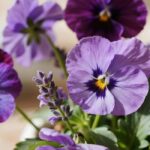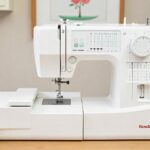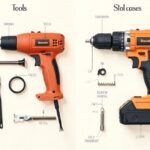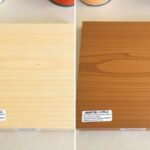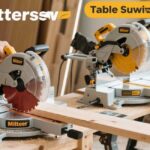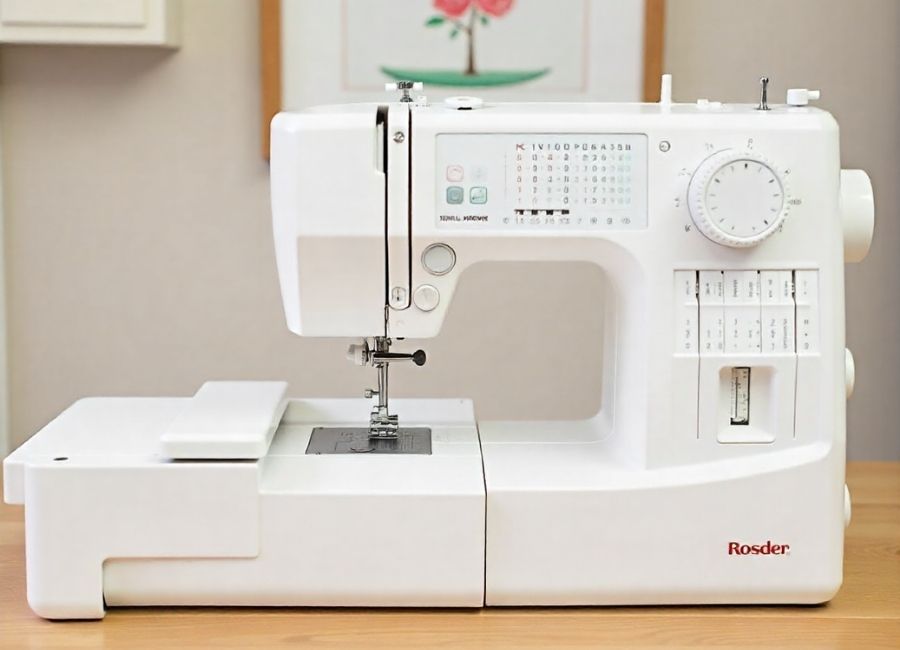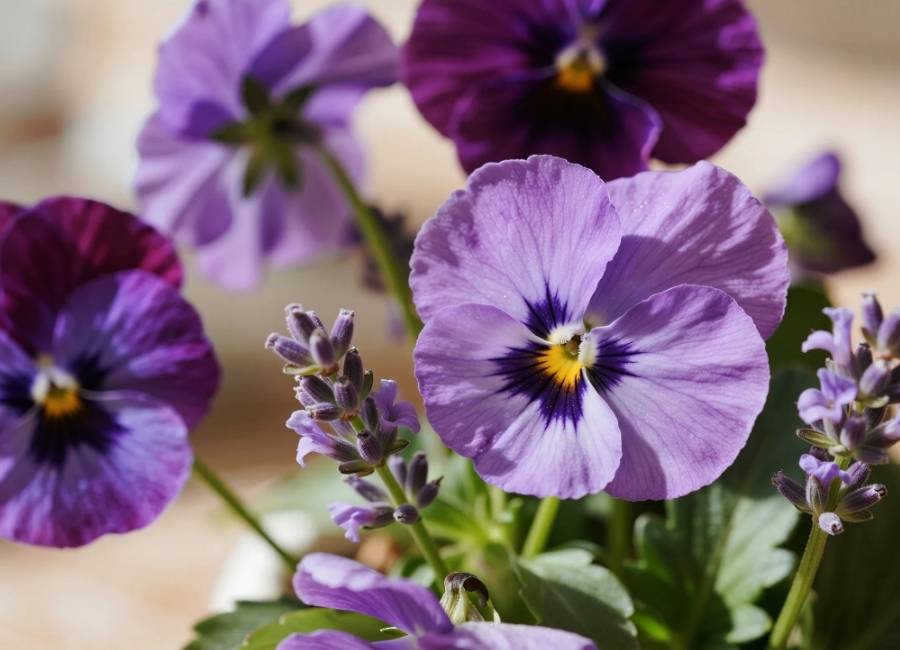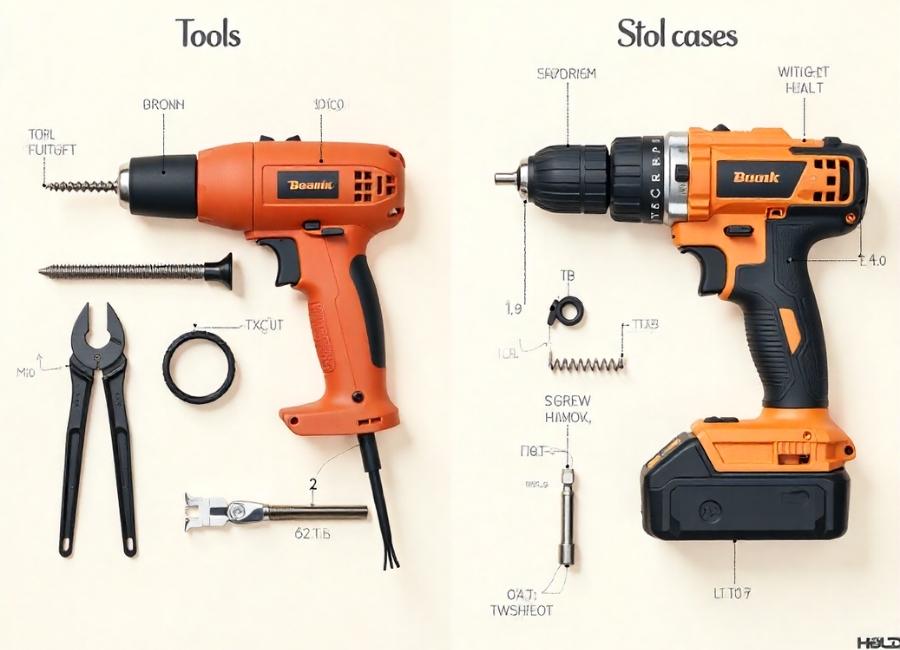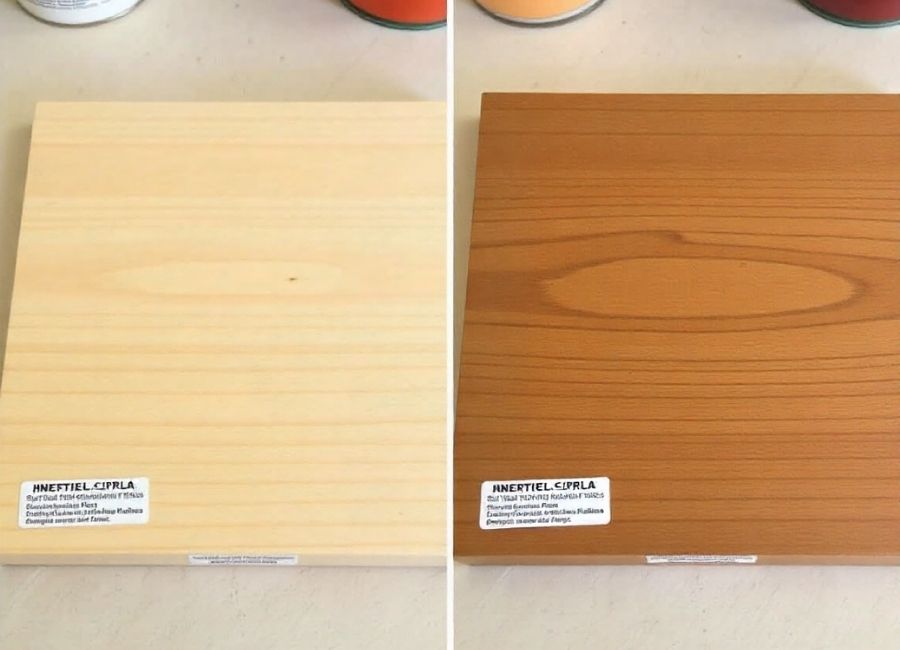Choosing your first or next quilting sewing machine can be a lot to take in. There are so many options, each saying it’s the best. So how do you figure out which one is actually right for you?
This guide will help you learn what you need to know. We’ll look at the main differences between sewing and quilting machines, go over the most important features, and explain what makes a machine a smart buy for your projects. By the end, you’ll know how to pick a machine that suits both your needs and your budget.
Whether you’re a seasoned quilter looking for an upgrade or a beginner ready to dive in, this post will help you make an informed decision. We’ll also highlight some of the top-rated quilting machines available today so that you can start your search with confidence.
What to Look for in a Quilting Machine
Before you start shopping, it helps to know which features matter most for quilting. Here are the main things to look for, based on my experience and what other quilters have shared.
Throat Space

If you want to quilt bigger projects, throat space (sometimes called harp space) is very important. This is the space between the needle and the machine’s body. A larger throat gives you more room to move your quilt, which really helps with free-motion quilting and thick layers.
Most standard sewing machines have a throat space of around 3 to 4 inches. For quilting, aim for a machine with at least 6 inches of throat space. This extra room will make the quilting process much smoother and more enjoyable.
Stitch Options

Think about the kinds of projects you want to make. A straight stitch is enough for piecing quilt tops, but other stitches can add decoration and usefulness. For example, a zigzag stitch is important for machine appliqué.
Many newer machines have lots of decorative stitches, which are a fun way to add detail to quilt blocks, borders, and bindings. Some also have automatic buttonhole makers and alphabet fonts. Consider if these features match what you want to create.
Stitch Speed
Piecing quilt blocks can take a lot of time. A machine with a high stitch speed can help you finish faster. Some quilters care a lot about speed, so look at the “stitches per minute” (SPM) when you compare machines.
Equally important is speed control. This feature allows you to set a maximum speed, which is great for detailed work or when you’re just learning. The ability to switch between fast piecing and slow, precise stitching gives you valuable flexibility.
Feed Dog Controls
Feed dogs are the small metal teeth under the needle that hold the fabric and move it through the machine. For free-motion quilting (FMQ), you need to be able to lower them so you can move the fabric in any direction.
Look for a machine that allows you to lower the feed dogs with a simple switch. Some machines that don’t have this feature come with a darning plate to cover them, but this can sometimes be a clumsy workaround. A built-in control is a much more convenient option.
Maintenance Requirements
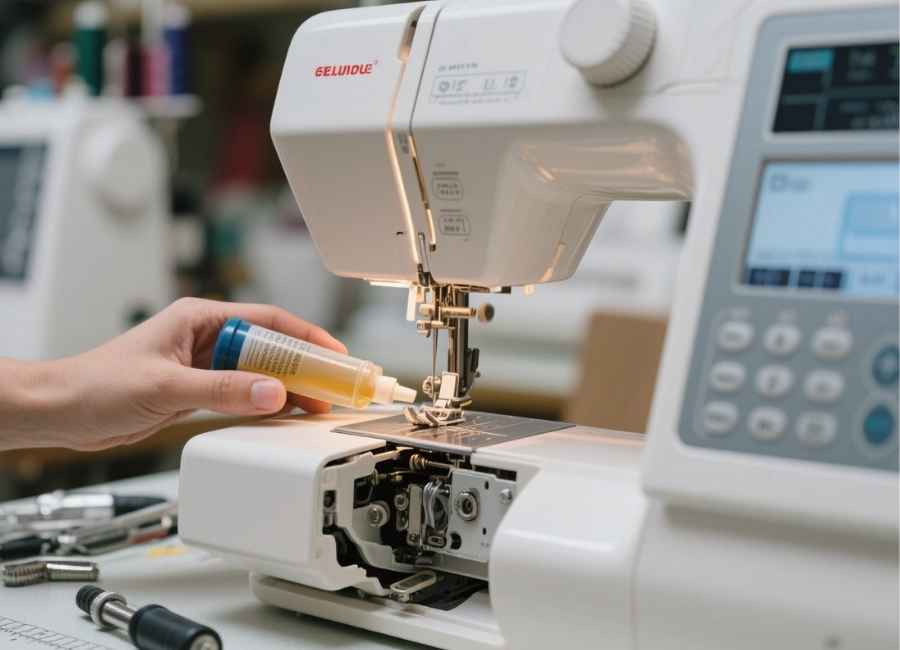
All sewing machines need some maintenance, but how much work is needed can differ. Before you buy, find out what’s required to keep your machine running well. Some machines oil themselves, while others need you to oil them by hand.
Computerized machines have great features, but their electronics can be expensive to fix. Mechanical machines are simpler, usually need less maintenance, and can last for many years. Always think about the long-term costs, like regular cleaning and possible repairs.
Included Accessories
When you find a machine you like, check what accessories come with it from different sellers. Many include bonus items that are very helpful for quilters.
Look for bundles that include essential quilting feet, such as:
- A free-motion quilting foot
- A ruler foot (for quilting with rulers)
- A ¼-inch seam allowance foot
- Extra bobbins and cleaning supplies
These accessories can add a lot of value and help you save money later on.
5 Best Sewing Machines for Quilting in 2024
After a lot of research, I’ve put together a list of five great machines for different skill levels and budgets. These models are well-liked by quilters and offer a good mix of features and reliability.
1. Juki TL-2010Q

I’ve used the Juki TL-2010Q for years, and it’s truly a quilter’s dream. This mechanical machine is known for its smooth, even straight stitches and fast speed. Its large throat space makes it great for quilts of any size. It’s also budget-friendly for what it offers and gives professional results, which is why it’s so highly rated.
2. Janome MC6650 Sewing and Quilting Machine
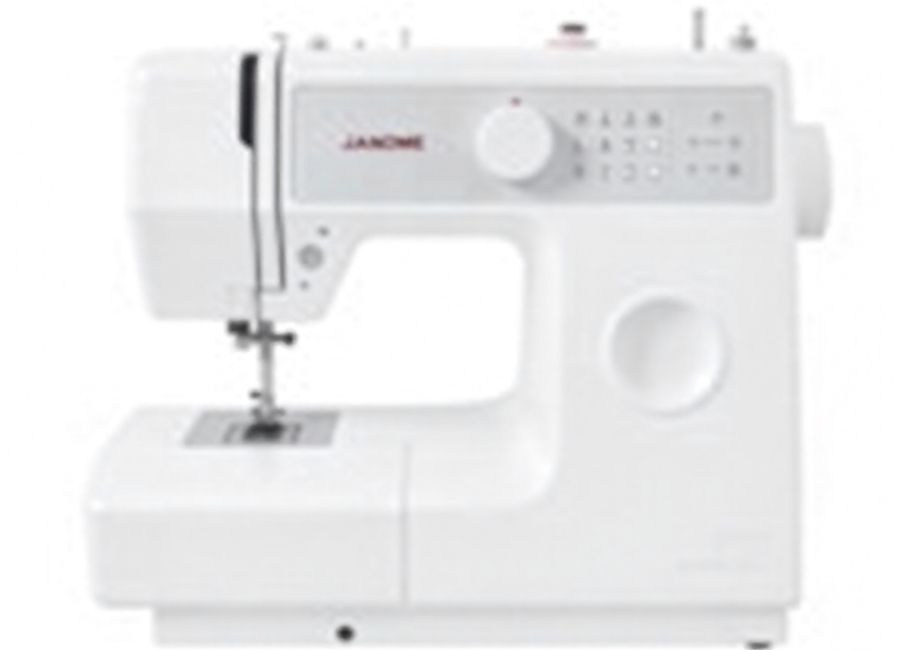
The Janome MC6650 is Janome MC6650 is a computerized machine with lots of throat space. It has 170 built-in stitches, including two alphabets, giving you many creative options. Quilters will like the top-loading bobbin and bright LED lights that make it easy to see your work. It also comes with many presser feet, so it’s a good choice if you want to try different types of sewing, not just quilting. Stylist
For those new to quilting, the Singer 9960 Quantum Stylist is a fantastic entry point. This computerized machine is packed with features, including over 600 stitches and five alphabet fonts. It’s praised for its user-friendly design and reliability. The included accessories pack provides everything a beginner needs to get started, and quilters will love the convenience of the automatic thread cutter.
4. Janome MOD-50
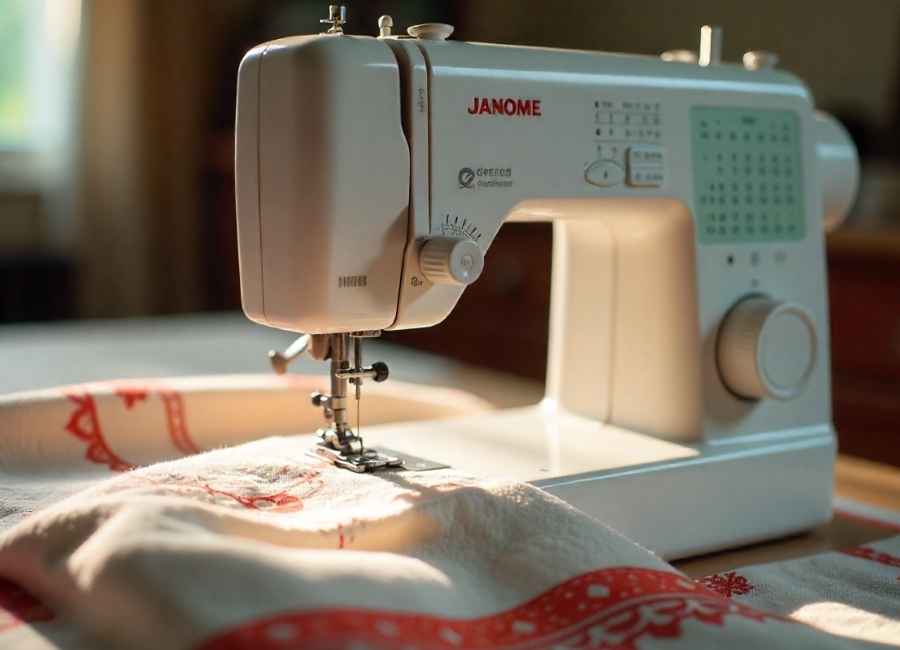
The Janome MOD-50 shows you don’t have to spend a lot to get a good quilting machine. This affordable model is great for beginners, with 50 basic stitches, a top-loading bobbin, and speed control. You can also lower the feed dogs for free-motion quilting. Its throat space is smaller, but it’s a solid and reliable choice for anyone just starting out.
5. Juki HZL-F300 Sewing and Quilting Machine
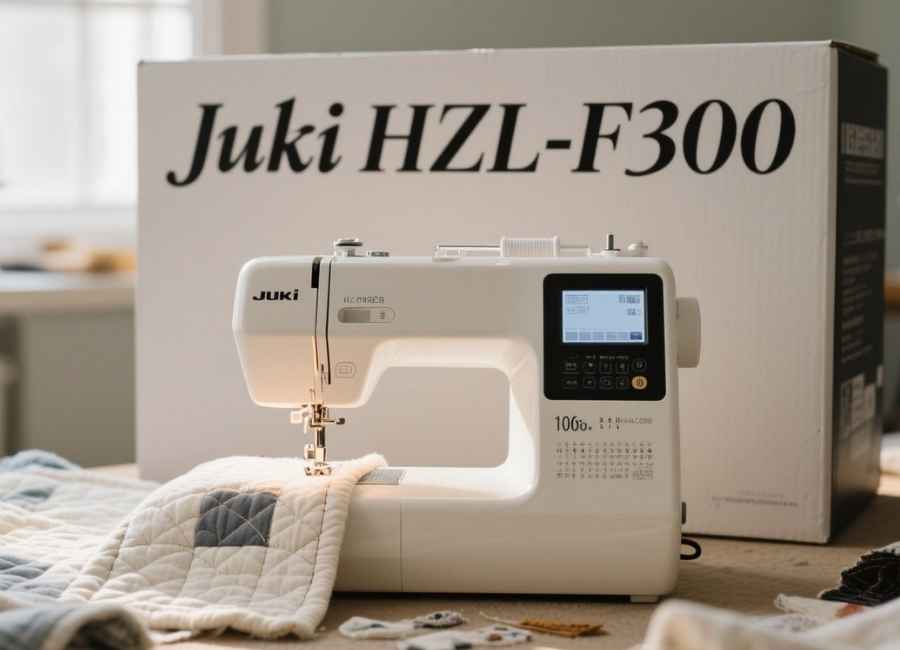
The Juki HZL-F300 is another great choice that balances features and price. This computerized machine has 106 stitches, three alphabet fonts, and handy features like an automatic thread cutter and needle threader. It makes nice stitches and runs smoothly, so it’s enjoyable to use for piecing quilt tops. It’s a versatile machine that works well for both beginners and experienced quilters.
Do You Need a “Quilting” Machine?
Many people think you need a special, expensive machine just for quilting. The truth is, you can make a quilt with any sewing machine. The best machine is the one you can afford and that fits your needs.
It’s true that quilting machines have features like bigger throat spaces and faster stitching, which help with large projects. But if you’re making smaller quilts or just starting out, a regular sewing machine will work well. My first machine had a small throat and no feed dog control, but I still made several quilts with it. Don’t let your equipment hold you back from starting.
Find Your Perfect Quilting Partner
Picking a quilting machine is a big choice, but it doesn’t have to be stressful. If you focus on the features that matter most to you, like throat space, stitch options, and maintenance, you’ll find a machine that will work well for you for years.
Whether you choose a fast mechanical model like the Juki TL-2010Q or a computerised machine with numerous features like the Janome MC6650, either option is a good choice. Each one is reliable and will help you bring your creative ideas to life. I’d like to hear from you. What do you think is the best sewing machine for quilting? Share your favourites in the comments below!


